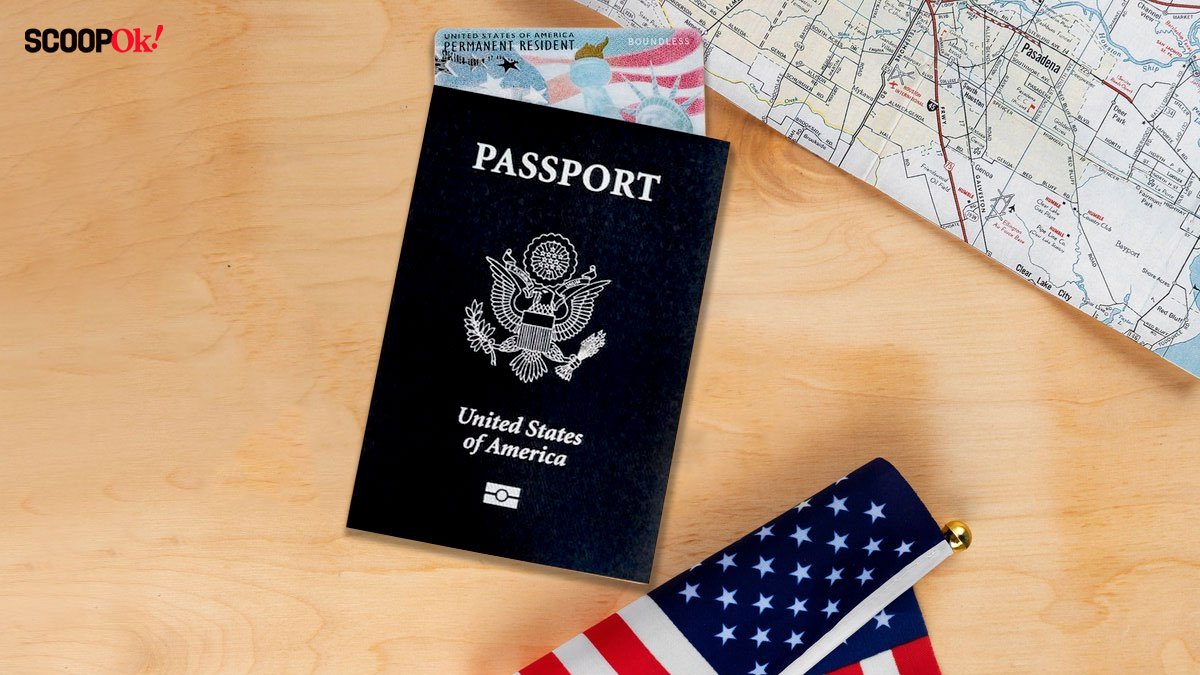A Type P Passport is the standard passport issued for personal use. In the United States, this type of passport is commonly referred to as the “Regular” or “Fee” passport. It is the blue passport that most Americans use for international travel. Besides allowing you to enter foreign countries and return to the U.S., it can also serve as an alternative form of identification within the country, similar to a driver’s license.
Understanding the Type P Passport
In today’s interconnected world, international travel is increasingly common. One essential document for any traveler is the passport, a government-issued identification that allows you to cross borders and proves your identity. Among the various types of passports available, the Type P Passport is the most common and widely used. This article will explore everything you need to know about the Type P Passport, its benefits, different types of U.S. passports, and how to acquire one.
Different Types of U.S. Passports
The U.S. government issues five types of passports, each serving different purposes and users:
Regular “Fee” Passports
These blue passports are the most commonly issued and are also known as “Type P” passports. They are designed for personal travel and identification.
Diplomatic Passports
These black passports are issued to foreign service officers and individuals with diplomatic status, including the President of the United States. They grant certain privileges and immunities under international law.
Official Passports
Maroon in color, these passports are for U.S. government officials and employees traveling on official duties. Military personnel required to travel on official business also receive these passports.
Service Passports
These gray passports are issued selectively to contractors who are providing support to the U.S. government in abroad. They serve specific functions related to government work.
No-Fee Regular Passports
Identical in appearance to the Type P Passport, these are issued without standard fees to certain U.S. Department of Defense employees, American Red Cross workers, and Peace Corps volunteers overseas.
Benefits of Having a Type P Passport
The Type P Passport offers numerous advantages for both international and domestic travel:
International Travel
A Type P Passport is mandatory for entering foreign countries and returning to the U.S. It serves as your primary identification and proof of citizenship when abroad.
Prerequisite for Visas
Certain countries require a visa for entry, and you need a valid passport to apply for one. The Type P Passport allows you to obtain these necessary visas.
Alternative to a Real ID
Starting May 7, 2025, a Real ID will be required for domestic flights within the U.S. A Type P Passport serves as an acceptable alternative form of identification, ensuring that you can continue to travel domestically without interruption.
Lost or Stolen ID
In cases where your primary ID is lost or stolen, a Type P Passport can act as an alternative government-issued identification, making it easier to prove your identity.
Jobs or School Abroad
If you plan to work or study in another country, a Type P Passport is essential for international travel and residency requirements.
How to Get a Type P Passport?
The U.S. State Department has a straightforward process for applying for a Type P Passport. Follow these steps:
Step 1: Complete the Application Form (DS-11)
You can download the form from the U.S. State Department’s website or fill it out online. Ensure that all required fields are filled out correctly.
Step 2: Gather Proof of U.S. Citizenship
Submit an original or certified copy of your birth certificate, a valid U.S. passport, a certification of birth abroad, or a certificate of naturalization or citizenship.
Step 3: Bring Current Identification
Acceptable forms of ID include a driver’s license, a previous or current passport, military ID, or government employee ID.
Step 4: Get Passport Photos
Attach a 2-inch x 2-inch color photo taken within the last six months. Ensure the photo meets the State Department’s specific requirements.
Step 5: Pay Application Fees
Fees can be paid via personal check, cashier’s check, or money order. The application fee is $130 for those 16 and older, and $100 for applicants younger than 16. An additional execution fee of $35 applies regardless of age.
Step 6: Receive Passport
Expect to receive your passport in six to nine weeks with standard processing, or three to five weeks with expedited processing. If applying for a child, both parents must attend the appointment, or one parent must provide a notarized consent statement.
When do passports expire?
The expiration date of your passport depends on its type:
Type P Passports
For adults, the Type P Passport is valid for ten years. For children under 16, it remains valid for five years.
Special Issuance Passports
These passports have varying expiration dates but generally last a maximum of five years. The U.S. Department of State can revoke a passport earlier if you owe money to the government, have a history of lost or stolen passports, or cannot provide the required documentation.
Can I Renew My Passport?
Yes, adult Type P Passports can be renewed if still valid. Passports for children under 16 expire after five years and cannot be renewed. You will need to apply for a new passport once it expires.
Do I Need to Update Global Entry with a New Passport?
Global Entry expedites re-entry into the U.S. after international travel. When you get a new passport, you must update your Global Entry account with your new passport information to ensure smooth re-entry.
Type P Passport Recap
If you have an international trip planned or are considering one, now is the time to get your Type P Passport. Applying for a Type P Passport means obtaining a personal passport for international travel. The process is straightforward, and the fees are reasonable given that adult passports last for ten years. Since processing can take around two months, apply now to avoid extra fees for expedited service.

